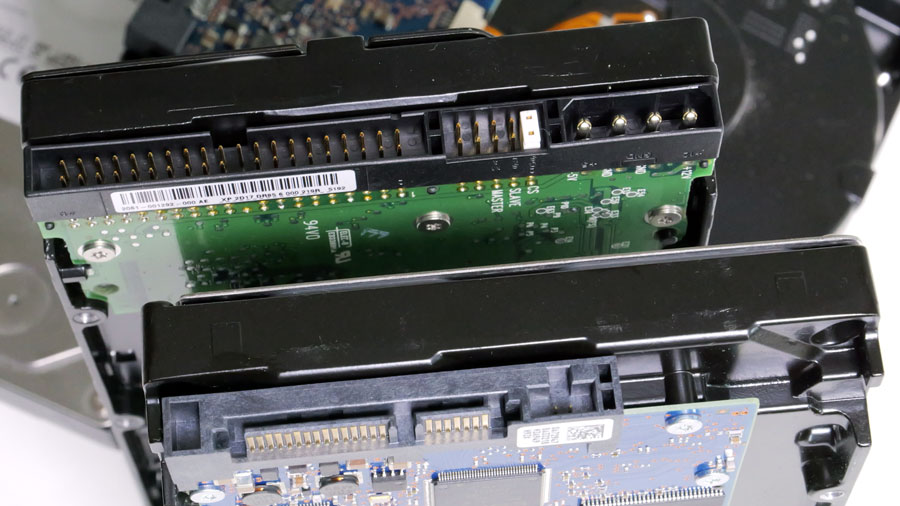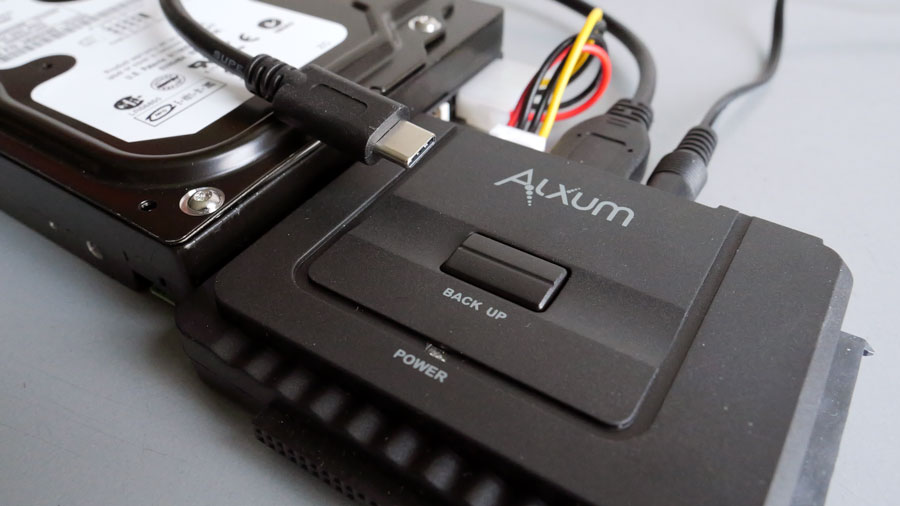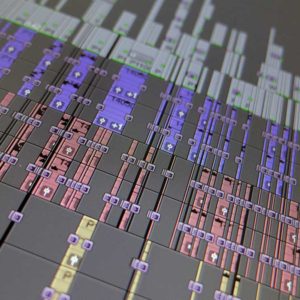
Hard drive data recovery from external drives is part of my role as a freelance video editor.
External hard drives
External hard drive disks (HDDs) generally connect to computers or compatible devices via Thunderbolt, USB or FireWire connections. They are used to store computer data files and create safety clones and backup copies of important data. There are many manufacturers who produce a wide range of visually different external hard drives that come with different forms of connectivity and different-sized storage options. External hard drives are frequently used in film, TV and video production to copy and move video and sound files and for video editing. Unfortunately, these external hard drives can fail due to mechanical or electrical component failure or misuse. Sometimes, it is necessary to try to recover the data stored on these failed external hard drives that won’t turn on or mount onto your computer, and this article explains how it might be possible.
Data recovery
It is usually the case that one of the electronic components inside the external hard drive, like the electrical power supply or electronic circuitry, has failed. This means that it might not be possible to mount the hard drive on your computer so that you can no longer see it nor work with it and its saved media. If your drive has failed, you may then need to explore hard drive data recovery. Whilst lots of companies offer expensive software-based data recovery, it may be that your hard drive is still in good order, and your data can be recovered without additional software.
HDD’s
External hard drive units usually contain a smaller 2.5” or 3.5” standard hard drive inside the outer branded shell. After electrically isolating any hard drive from its power source, it may be accessed internally by those with suitable technical knowledge and skill. Taking care not to damage the unit, the HDD can then be disconnected from the drive’s interior electronics and removed mechanically from the outer shell. Once you have separated the internal 2.5” or 3.5” hard drive unit, it can then be connected to a separate external converter device or docking device. If the retrieved hard drive unit is mechanically sound, this might allow the data saved on it to be recovered.
Types of spinning drives
An external HDD may contain what’s known as an IDE (Integrated Development Environment – in older units) or a SATA (Serial Advanced Technology Attachment – in newer units) drive. In order to connect these removed internal drive units to a computer, you will need to use a suitable converter or docking station, depending on the type of HDD. I recently used the Alxum converter to recover data from an old Lacie hard drive that had a 3.5” IDE drive inside. I’ve also previously used the Fideco SATA docking station to recover data from a newer 3.5” SATA drive. There are many different makes and models of converters, so check which one is compatible with your needs. By connecting your recovered drive to a suitable docking station or converter and then to your computer or compatible device, you should then be able to mount and see the drive and its stored data. This will then allow you to transfer the data from the drive.

Backing up media
Once you have recovered your data files, you should then back all your media up again to a separate drive. As a general rule, you should always have at least one separate saved copy of anything digital (preferably at least two separate copies). So, you should have a backup of everything on your computer copied to maintain the security of all your digital files. It’s normal working practice for film, TV and high-end video productions to have at least three backup copies of all their media stored on separate drives and potentially stored at different locations to comply with ISO 9001 and insurance policies.
Erasing drives
Once you have copied and backed up all the data or media files from your faulty hard drives, you could then erase the files from them before recycling or disposing of the removed drive. Ensuring you reformat or erase any data from your drives before you dispose of or recycle them will ensure the security of your data.
Solid state drives
Solid state drives (SSDs) are now becoming more popular to use instead of spinning hard drives (HDDs), especially for smaller storage units like 1 to 4TB of capacity, which are much more affordable. One of the advantages of SSDs is that they are more durable as they have no moving parts and are less complex than spinning hard drives. They can also allow for much faster transfer times. All external drives can be prone to failure at some point (including SSDs), which is why it’s important to always have at least one backup of all your digital data on a separate drive.
Safe working practices
When working with HDDs, always ensure you unmount your hard drive from your computer or device before you actually disconnect it from your computer. When you depower and turn off the HDD, wait 30 seconds for the spinning discs to stop rotating before you physically move it. This will ensure you don’t place the hard drive unit under mechanical stress, especially whilst the drive platters are still spinning inside the unit. When working with SSDs, always unmount them off your computer first before disconnecting.
Digital media experience
I’ve been working in the field of post-production as a first-line support technician and as a video editor for over 25 years. I was working at the BBC when digital cameras first started to be introduced by BBC Production. As a video editor there, I moved on from editing complex programmes for transmission to managing a large post-production area. So, through my experiences there and since during my freelance career, I’ve gained a huge amount of experience in managing related data, as well as digital video and sound files for production and post-production. If you have any questions about your hard drive data recovery, please get in touch.



